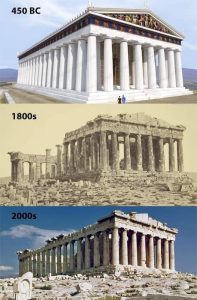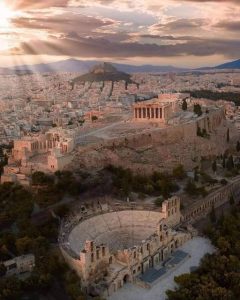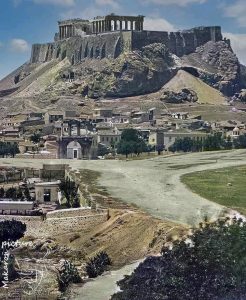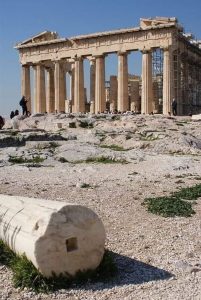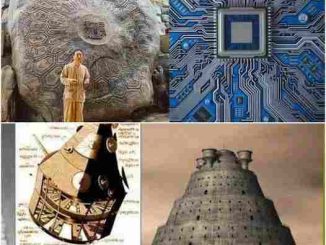Perched atop a rocky outcrop above the city of Athens, the Acropolis stands as a monument to the ingenuity and spirit of ancient Greek civilization. This iconic site, crowned by the majestic Parthenon, has been a beacon of architectural and cultural brilliance for millennia. Through wars, invasions, and the relentless passage of time, the Acropolis of Athens remains a potent symbol of classical spirit and artistic achievement.
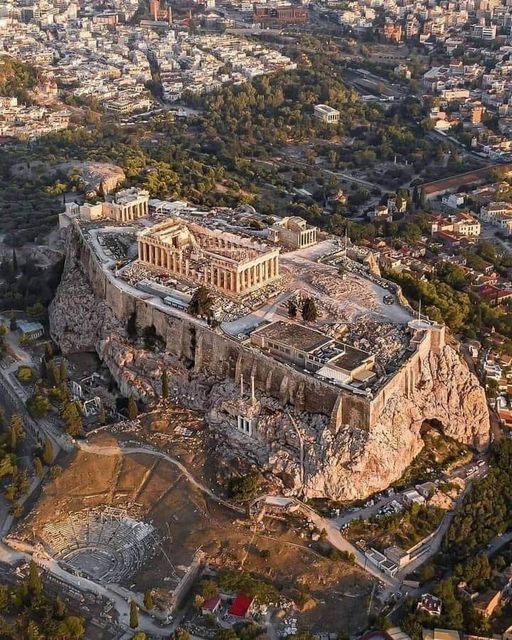
Historical Significance
The Acropolis, meaning “high city” in Greek, has served various roles throughout its long history—from a mythical home of the gods to a bustling religious complex. It was in the 5th century BCE, during the golden age of Athens under the leadership of Pericles, that the Acropolis took on its most famous form. The construction of the Parthenon and other significant buildings such as the Erechtheion and the Temple of Athena Nike were completed during this period, showcasing the city’s wealth and cultural dominance.
The Parthenon: A Testament to Architectural Genius
The Parthenon, the centerpiece of the Acropolis, is an enduring testament to human creativity and architectural precision. Dedicated to Athena Parthenos, the city’s patron goddess, the temple is renowned for its perfect proportions and exquisite craftsmanship. Despite suffering significant damage over the centuries, including a 17th-century gunpowder explosion, the Parthenon’s grandeur remains undiminished. Its architectural innovations, such as the subtle curvature of its columns and steps, designed to counteract optical illusions, continue to inspire awe and admiration.
Archaeological and Cultural Impact
The Acropolis is not only a marvel of art and architecture but also a rich archaeological site that has provided insight into the religious and daily lives of ancient Athenians. Excavations have unearthed artifacts that illustrate the site’s evolution from a Mycenaean fortress to its pinnacle as a classical sanctuary. The ongoing restoration efforts aim to preserve its structures for future generations, highlighting the importance of protecting cultural heritage.
Modern Significance and Preservation
Today, the Acropolis of Athens is a UNESCO World Heritage site, attracting millions of visitors from around the world eager to glimpse the past’s splendor. It stands as a beacon of ancient democracy and philosophy, symbolizing the lofty ideals of the Athenian polis—wisdom, courage, and justice. The preservation of the Acropolis faces modern challenges, including pollution and tourism, but efforts by Greek authorities and international organizations continue to maintain its integrity and significance.
The Acropolis of Athens, with its majestic silhouette against the cityscape, continues to be a source of inspiration and wonder. It serves as a reminder of ancient Greece’s legacy, offering timeless lessons in beauty, form, and democratic ideals. As we gaze upon the Acropolis, we connect with a civilization that fundamentally shaped the world we know today, encouraging a deeper appreciation for our shared cultural foundations.
